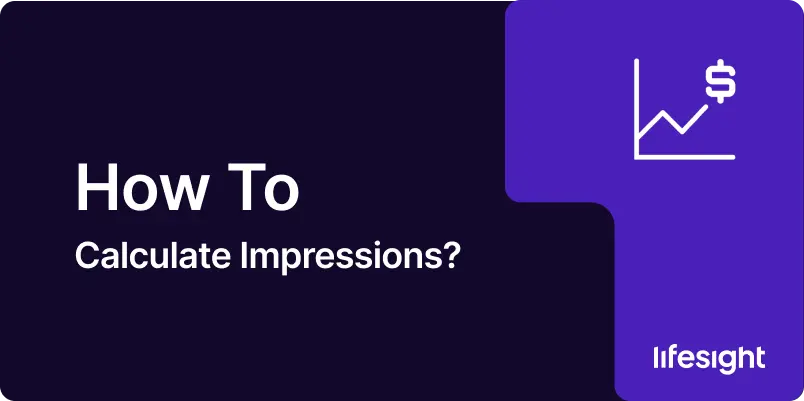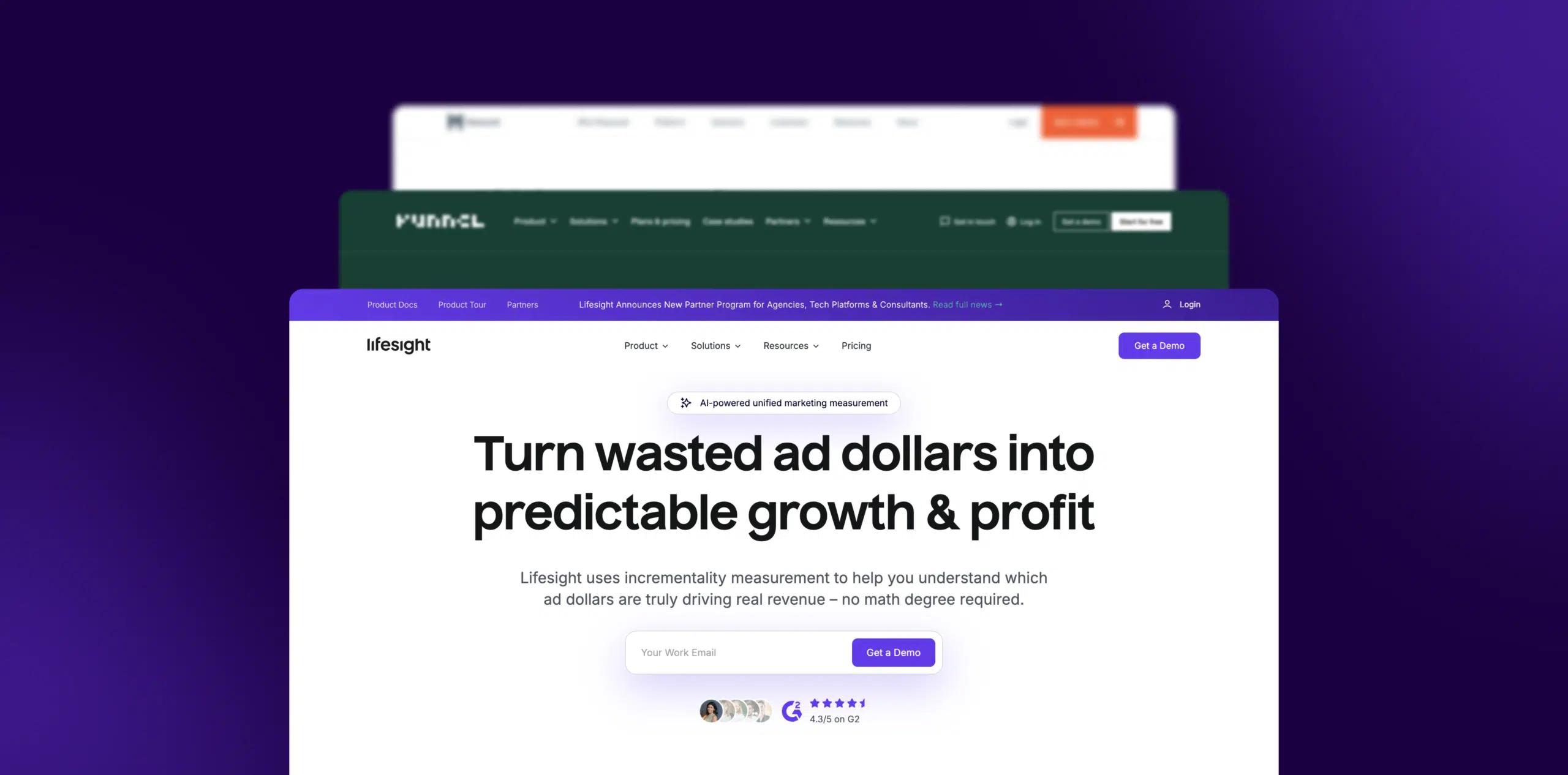
In the fast-paced world of digital marketing, understanding and accurately measuring your reach is crucial for campaign success. One of the most fundamental metrics in this realm is impressions. Whether you’re running social media campaigns, display ads, or content marketing initiatives, knowing how to calculate and interpret impressions can provide valuable insights into your marketing efforts. This guide will walk you through everything you need to know about impressions, from basic calculations to advanced strategies for leveraging this metric in your digital marketing campaigns.
What are Impressions?
Before we dive into the calculations, let’s define what we mean by impressions:
An impression is a single instance of an ad or piece of content being displayed on a user’s screen. It’s essentially a measure of how many times your content has been shown, regardless of whether it was clicked or interacted with.
For digital marketers, understanding impressions is crucial because:
- It measures the overall reach of your content or ads
- It’s a key component in calculating engagement rates
- It helps in assessing the effectiveness of different platforms or placements
- It’s often used as a basis for pricing in advertising (e.g., Cost Per Mille)
- It provides context for other performance metrics like clicks and conversions
Basic Methods for Calculating Impressions
Unlike some metrics that have a single formula, calculating impressions can vary depending on the platform and type of content. Here are some common methods:
1. Direct Platform Reporting
Most digital advertising platforms and social media networks automatically track and report impressions. For example:
- Google Ads provides impression data for your ads
- Facebook Insights shows impressions for your posts and ads
- Twitter Analytics reports on Tweet impressions
In these cases, “calculating” impressions is as simple as accessing the platform’s reporting tools.
2. Manual Calculation for Website Content
For website content not served through an ad platform, you can estimate impressions using this formula:
Impressions = Unique Pageviews x (1 + Scroll Depth %)
Where:
- Unique Pageviews: The number of sessions during which the page was viewed at least once
- Scroll Depth %: The average percentage of the page that users scroll through
3. Calculating Potential Impressions
For outdoor advertising or print media, you might calculate potential impressions:
Potential Impressions = Traffic Volume x Ad Duration
Where:
- Traffic Volume: The number of people passing by the ad location
- Ad Duration: The length of time the ad is displayed (in days or hours)
Step-by-Step Guide to Analyzing Impressions
Let’s walk through a process for analyzing impressions in a digital marketing context:
Step 1: Define Your Measurement Period
Decide on the timeframe for which you want to analyze impressions. This could be:
- Daily
- Weekly
- Monthly
- Per campaign duration
Step 2: Gather Data from Relevant Platforms
Collect impression data from all platforms where your content is distributed. This might include:
- Social media platforms
- Display ad networks
- Your website analytics
- Email marketing platforms
Step 3: Aggregate and Categorize Data
Combine the data from different sources, categorizing by:
- Platform (e.g., Facebook, Google Ads, Website)
- Content type (e.g., ads, organic posts, articles)
- Campaign (if applicable)
Step 4: Calculate Total Impressions
Sum up the impressions across all categories:
Total Impressions = Sum of Impressions from All Sources
Step 5: Analyze Impressions in Context
Compare impressions to other metrics like:
- Clicks or engagements
- Conversions
- Cost (to calculate CPM)
Real-World Applications in Digital Marketing
Let’s explore some specific scenarios where analyzing impressions can inform your marketing decisions:
1. Comparing Platform Performance
Scenario: You’re running a multi-platform campaign and want to compare reach across different channels.
Facebook Ads:
- Impressions: 500,000
- Budget: $1,000
Google Display Network:
- Impressions: 750,000
- Budget: $1,200
Calculating CPM (Cost Per Mille):
- Facebook CPM = ($1,000 / 500,000) x 1000 = $2.00
- Google CPM = ($1,200 / 750,000) x 1000 = $1.60
The lower CPM on Google suggests it’s providing more cost-effective reach, but you’d need to consider other metrics like engagement and conversions to get a full picture.
2. Assessing Content Visibility
Scenario: You’ve published blog posts and want to understand their reach.
Blog Post A:
- Unique Pageviews: 1,000
- Average Scroll Depth: 70%
- Estimated Impressions = 1,000 x (1 + 0.70) = 1,700
Blog Post B:
- Unique Pageviews: 800
- Average Scroll Depth: 90%
- Estimated Impressions = 800 x (1 + 0.90) = 1,520
While Blog Post A had more unique views, Blog Post B’s higher scroll depth led to a comparable number of impressions, suggesting it might be more engaging.
3. Evaluating Ad Fatigue
Scenario: You’re running a long-term display ad campaign and want to check for ad fatigue.
Week 1:
- Impressions: 100,000
- Clicks: 500
- CTR (Click-Through Rate) = (500 / 100,000) x 100 = 0.5%
Week 4:
- Impressions: 100,000
- Clicks: 300
- CTR = (300 / 100,000) x 100 = 0.3%
The declining CTR despite consistent impressions might indicate ad fatigue, suggesting it’s time to refresh your creative or adjust targeting.
Advanced Considerations in Impression Analysis
As you become more proficient with basic impression analysis, consider these advanced concepts:
1. Viewable Impressions
Not all served impressions are actually seen by users. Viewable impressions meet certain criteria for size and duration on screen:
Viewability Rate = (Viewable Impressions / Total Impressions) x 100
2. Frequency and Unique Reach
Understanding how often the same users see your content is crucial:
Frequency = Total Impressions / Unique Users
Unique Reach = Total Impressions / Frequency
3. Share of Voice
Compare your impressions to those of competitors:
Share of Voice = (Your Impressions / Total Market Impressions) x 100
4. Impression Share
For search ads, impression share shows how often your ads appear compared to the total number of opportunities:
Impression Share = (Actual Impressions / Potential Impressions) x 100
Common Pitfalls to Avoid
When working with impressions in digital marketing, watch out for these common mistakes:
- Overvaluing Impressions: While important, impressions alone don’t indicate engagement or conversion.
- Ignoring Frequency: High impression counts might mask low unique reach if frequency is too high.
- Neglecting Context: 1,000 impressions on a niche B2B platform might be more valuable than 10,000 on a general consumer site.
- Misinterpreting Benchmarks: Industry averages can vary widely; ensure you’re using relevant comparisons.
- Overlooking Seasonality: Impression fluctuations might be due to seasonal trends rather than campaign performance.
Tools for Impression Analysis
Several tools can assist you in measuring and analyzing impressions:
- Google Analytics: Provides impression data for on-site content and can be linked with Google Ads for a fuller picture.
- Social Media Analytics: Native tools like Facebook Insights, Twitter Analytics, and LinkedIn Campaign Manager offer detailed impression data.
- Ad Servers: Platforms like Google Ad Manager or AppNexus provide comprehensive impression reporting for display advertising.
- Marketing Dashboards: Tools like Databox or Supermetrics can aggregate impression data from multiple sources.
- Custom Analytics Solutions: Many agencies develop proprietary tools to track and analyze impressions across channels.
Leveraging Impressions in Your Marketing Strategy
Understanding and effectively using impression data can significantly enhance your digital marketing efforts. Here’s how you can leverage this metric:
- Budget Allocation: Distribute budget towards channels and campaigns generating the most cost-effective impressions.
- Content Strategy: Use impression data to understand what types of content resonate with your audience and generate the most visibility.
- Ad Rotation: Monitor impressions to ensure even rotation of different ad creatives and prevent ad fatigue.
- Competitive Analysis: Compare your impression share to competitors to gauge your market presence.
- Funnel Optimization: Use impressions as a top-of-funnel metric to ensure you’re casting a wide enough net for your target audience.
- Cross-Channel Comparison: Use impressions as a common metric to compare performance across different marketing channels.
- ROI Calculation: Incorporate impression data into your return on investment calculations for a more comprehensive view of campaign performance.
Conclusion: Making Impressions Count in Your Digital Marketing
Impressions might seem like a basic metric, but their impact on your digital marketing strategy can be profound. By mastering the calculation and interpretation of impressions, you equip yourself with a powerful tool to understand your reach, optimize your campaigns, and make data-driven decisions.
Remember, while impressions are crucial for understanding visibility, they’re just one piece of the digital marketing puzzle. The most successful strategies balance impression data with engagement metrics, conversion rates, and ultimately, return on investment.
As you continue to refine your approach to measuring and leveraging impressions, you’ll develop a more nuanced understanding of your audience reach and campaign effectiveness. This knowledge will empower you to create more impactful marketing initiatives, allocate your budget more efficiently, and deliver superior results for your brand or clients.
So, the next time you’re planning a digital marketing campaign, assessing content performance, or making a case for budget allocation, remember to dive deep into your impression data. It might just be the key to unlocking your next big marketing breakthrough!
Free essential resources for success
Discover more from Lifesight





















































